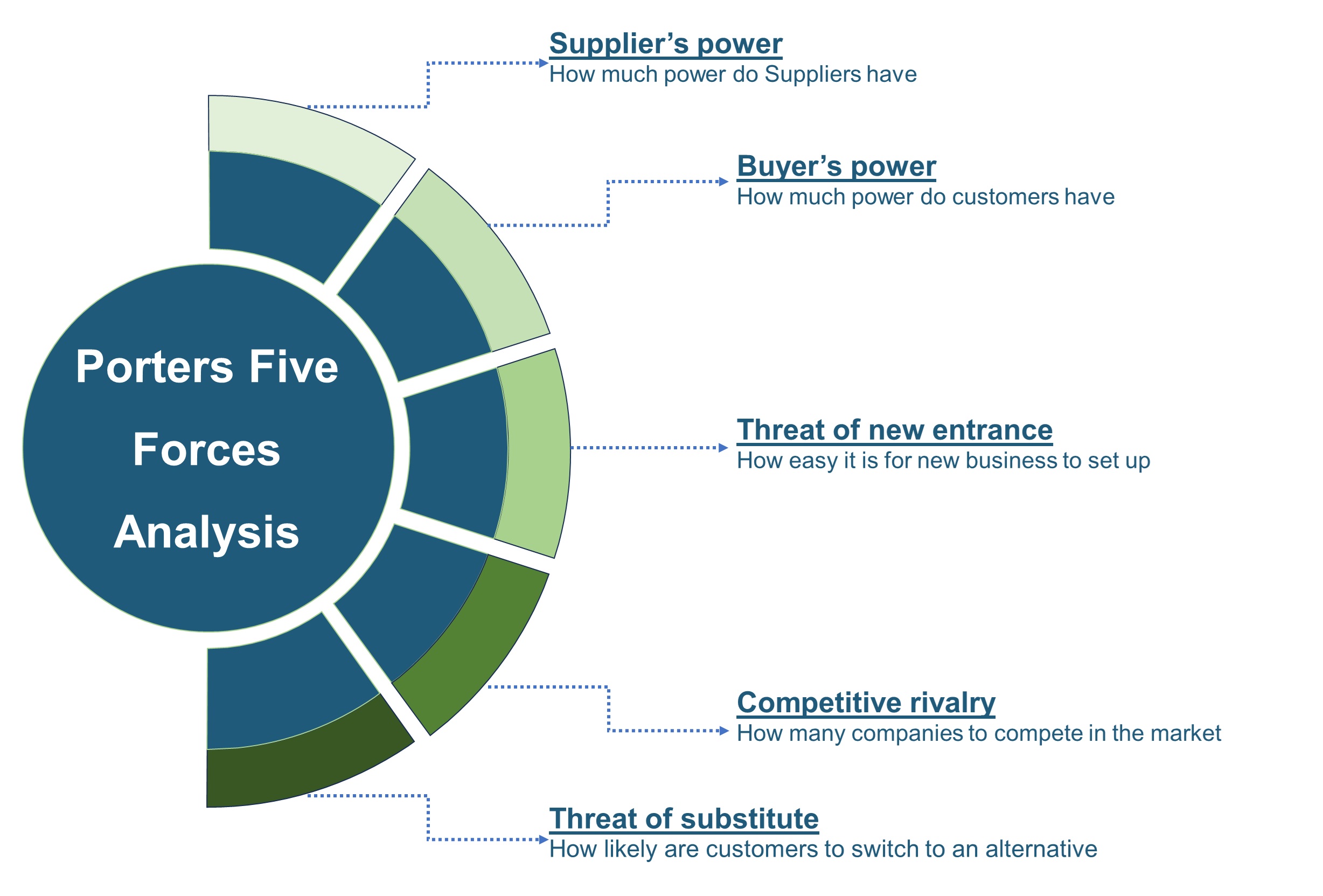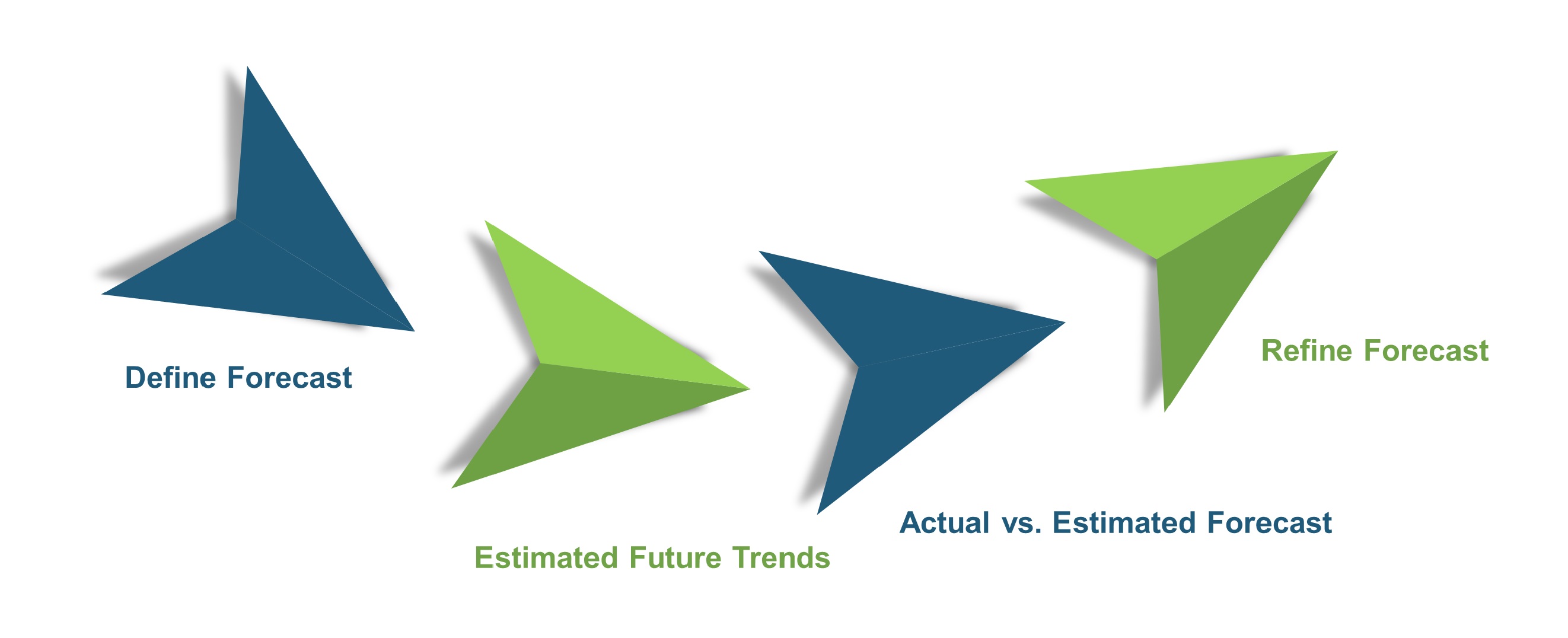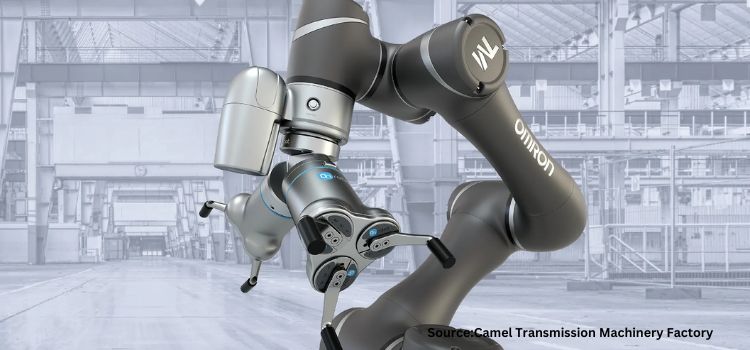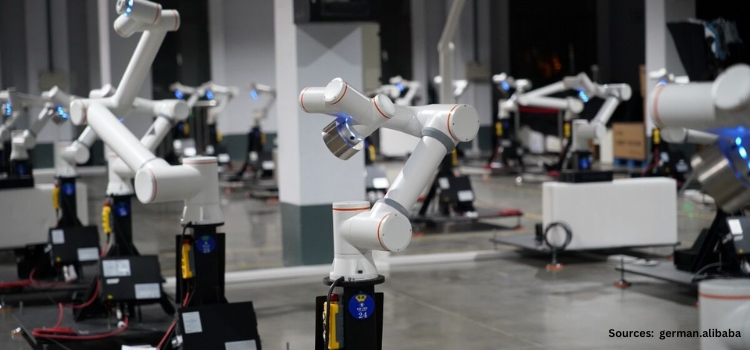
Australia Warehouse Robotics Market by Type (Automated Guided Vehicles (AGVs), Autonomous Mobile Robots (AMRs), Articulated Robots, & Others), by Offering (Hardware, Software, and Services), by Payload Capacity (Less than 100 KG, 101-200 KG, 201-500 KG, and Others), by Application (Palletizing and Depalletizing, Sorting and Packaging, Picking and Placing, Transportation), and by End-User (E-commerce, Automotive, Food & Beverages, Others) – Opportunity Analysis and Industry Forecast, 2025–2030
Industry: Semiconductor & Electronics | Publish Date: 28-Mar-2025 | No of Pages: 149 | No. of Tables: 114 | No. of Figures: 59 | Format: PDF | Report Code : SE3133
Australia Warehouse Robotics Market Overview
The Australia Warehouse Robotics Market size was valued at USD 301.2 million in 2024, and is predicted to reach USD 817.5 million by 2030, at a CAGR of 17.1% from 2025 to 2030.In terms of volume, the market size was 12.66 thousand units in 2024 and is projected to reach 36.79 thousand units by 2030, with a CAGR of 18.3% from 2025 to 2030.
Australia due to shortage of labour is experiencing important challenges for businesses that depends on manual workforce for tasks such as inventory management, picking, packing, and sorting in warehouses so there is a demand for quicker and more accurate order fulfilment grows, particularly in the booming e-commerce sector. The adoption of robotics in warehouses and also expansion of the e-commerce industry acts as a driver for warehouse robotics market. However, due to high initial investment costs associated with adopting advanced robotic systems is one of the important factors restraining the growth limit the widespread deployment of warehouse robotics, reducing overall market growth in the region. On the contrary, introduction of artificial intelligence in the warehouse robotics market creates future option for the market.
Declining Workforce Drives Demand for Warehouse Robotics
Australia faces rising shortage of workforce especially in the logistics and warehousing industries as the population ages and lesser number of workers are entering the labour force. This labour shortage is acting as massive challenges for businesses that depends on manual workforce for works such as inventory management, picking, packing, and sorting in warehouses. The Institute of Public Affairs highlights Australia’s deepening worker shortage crisis, exacerbated by the failure of the government’s migration program. Job vacancies are 51% more than pre-pandemic levels, with shortages that will affect all states. Due to the demand for quicker and more accurate order fulfilment grows, particularly in the massive e-commerce sector, the adoption of robotics in warehouses is expected to continue rising, positioning warehouse automation as an important solution to Australia's man power challenges in the logistics industry.
Rise of E-Commerce Propels the Australia Warehouse Robotics Market Growth
The fast expansion of the e-commerce sector in Australia with a strong focus on faster deliveries and quicker online shopping experiences drives demand for warehouse robots to keep up with rising demand. The Australia Post 2023 E-Commerce Industry Report reveals that total spendings in Australia reached USD 242 billion in 2022, marking a 9.2% increase as compared to 2021. As e-commerce continues to expand in Australia, the rise in demand for robotics in warehouses is expected to grow, that makes automation a critical holder for companies looking to maintain competitiveness and meet the increasing demand for quick and trustworthy delivery services.
High Initial Investment Restraints the Australia Warehouse Robotics Market Growth
There is high initial investment costs associated with adopting advanced robotic systems that restrains the growth of the market. These systems need healthy amount of outlay for both the purchase of hardware and the integration of complicated automation technologies. For many enterprises, especially small and medium-sized enterprises, the financial load of these upfront costs can be restrictive. SMEs that play an important role in the economy, often operate with average budgets and find it challenging to allocate resources for such massive investments and this disrupts the widespread adoption of robotic solutions in warehouses, thereby restraining the overall growth of the market.
Introduction of Artificial Intelligence Creates Future Opportunities for the Market
The addition of artificial intelligence in warehouse robotics is expected to play a major role allowing growth opportunity for the market in the future. AI induced solutions improves decision making, optimize inventory management and improve the accuracy and speed of operations that helps warehouses to become more accurate and adaptable. As such in January 2025, Nvidia disclosed new AI development tools aimed at improving the potential of autonomous robots and vehicles. These models are mad to create synthetic data and simulate physical interactions, allowing developers to create designed templates for testing their AI systems before real-world. These progresses will focus on the transformative potential of AI in warehouse robotics, paving the way for smarter, more lively and highly efficient warehouse operations that meet the future demands of modern supply chain.
Competitive Landscape
The promising players operating in the Australia warehouse robotics market includes ABB Ltd., Omron Corporation, KUKA AG, Fanuc Corporation, JBT Corporation, Zebra Technologies, Dematic, Honeywell International Inc, Vanderlande Industries B.V., KNAPP AG, Daifuku Co., Ltd., Amazon Robotics LLC, Toshiba Corporation, SSI Schaefer, Toyota Material Handling Group and others.
Australia Warehouse Robotics Market Key Segments
By Type
-
AGVs
-
AMRs
-
Articulated Robots
-
Others
By offering
-
Hardware
-
Software
-
Services
By Payload capacity
-
Less than 100 kg
-
101-200 KG
-
201-500 KG
-
Others
By Application
-
Palletizing and Depalletizing
-
Sorting and Packaging
-
Picking and Placing
-
Transportation
By End User
-
E-commerce
-
Automotive
-
Food & Beverages
-
Others
KEY PLAYERS
-
ABB Ltd.
-
Omron Corporation
-
KUKA AG
-
Fanuc Corporation
-
JBT Corporation
-
Zebra Technologies
-
Dematic
-
Honeywell International Inc
-
Vanderlande Industries B.V.
-
KNAPP AG
-
Daifuku Co., Ltd.
-
Amazon Robotics LLC
-
Toshiba Corporation
-
SSI Schaefer
-
Toyota Material Handling Group
REPORT SCOPE AND SEGMENTATION:
|
Parameters |
Details |
|
Market Size Value in 2024 |
USD 301.2 million |
|
Revenue Forecast in 2030 |
USD 817.5 million |
|
Value Growth Rate |
CAGR of 17.1% from 2025 to 2030 |
|
Market Volume in 2024 |
12.66 thousand units |
|
Unit Forecast in 2030 |
36.79 thousand units |
|
Volume Growth Rate |
CAGR of 18.3% from 2025 to 2030 |
|
Analysis Period |
2024–2030 |
|
Base Year Considered |
2024 |
|
Forecast Period |
2025–2030 |
|
Market Size Estimation |
Million (USD) |
|
Market Volume Estimation |
Thousand units |
|
Growth Factors |
|
|
Companies Profiled |
15 |
|
Market Share |
Available for 10 Companies |
|
Customization Scope |
Free customization (equivalent up to 80 working hours of analysts) after purchase. Addition or alteration to country, regional, and segment scope. |
|
Pricing and Purchase Options |
Avail customized purchase options to meet your exact research needs. |

















 Speak to Our Analyst
Speak to Our Analyst





















